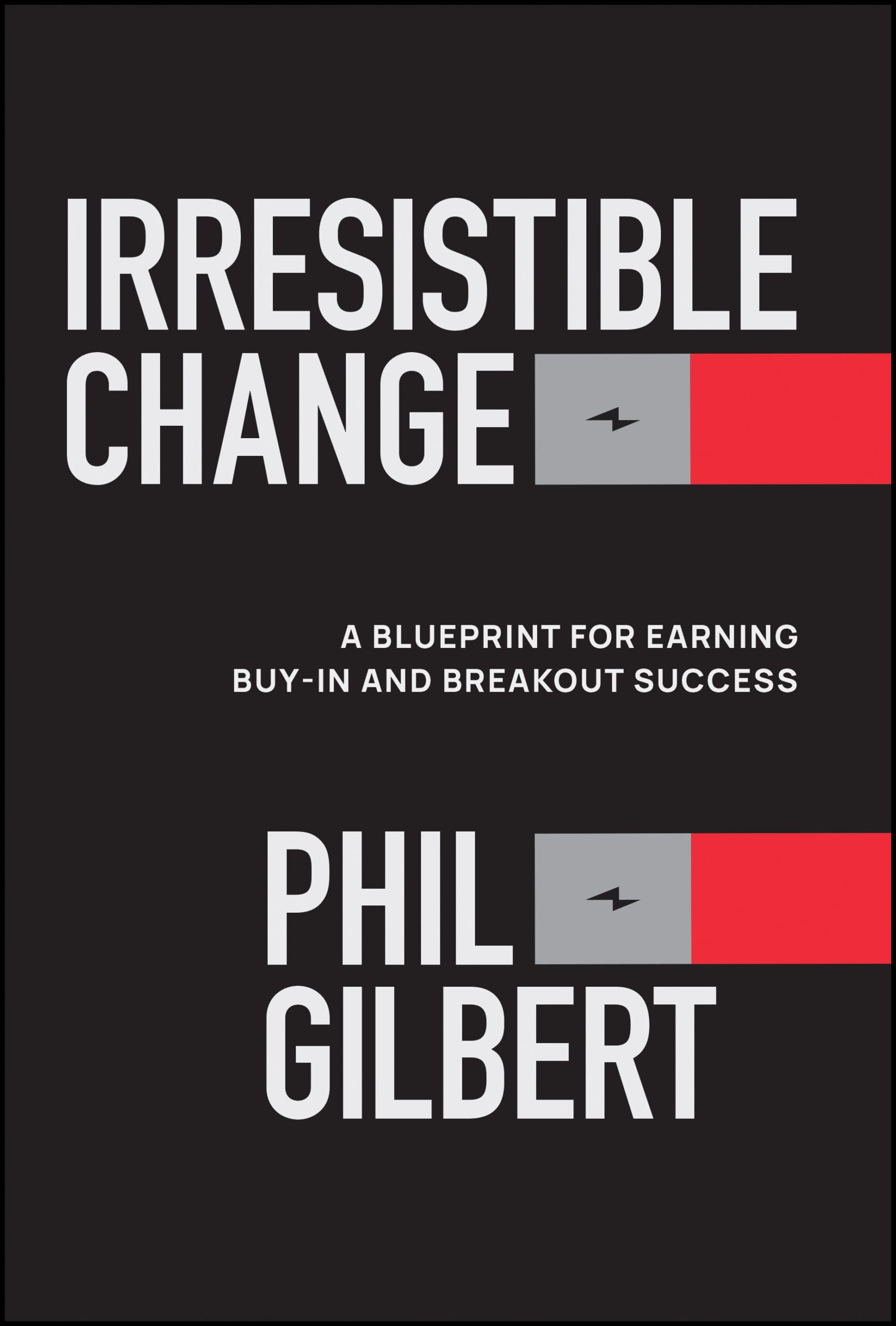Private equity (PE) dealmaking in 2022 hit its lowest level in five years, following six consecutive quarters of progressive decline, according to a recent research report by S&P Global. The region, excluding Japan, saw just 42 transactions totalling $5.39 billion in the fourth quarter of 2022 – in contrast to 79 deals worth $20.07 billion in the same period of 2021, and $25.42 billion across 91 deals in Q3 2021. In total, 2022 saw 208 PE transactions with a total value of $35.43 billion, the research found.
Inflation, rising interest rates and geopolitical turmoil, particularly in the second half of the year, could explain the slowdown, according to the Morrison & Foerster legal team. The firm published its own ‘Global PE Trends 2022 and Outlook for 2023’ report in January echoing that SPAC activity came to a standstill in 2022.
Despite persistent macroeconomic, geopolitical and regional issues, the law firm expects PE activity across Asia to rebound this year.
“The investment thesis for investing in Asia remains intact and we anticipate an uptick in overall PE deal activity across the region,” newly appointed MoFo PE partner, Steven Tran, told FinanceAsia, in an interview.
Sectors to watch this year include agriculture and agritech, fintech, artificial intelligence (AI) and healthcare, as well as traditional consumer-led sectors, he suggested.
“Consumer, manufacturing, and industrials sectors will feature prominently on sponsors’ radars as multinational corporations are shifting manufacturing and supply chains away from China to countries such as Vietnam, Indonesia, and Bangladesh,” Tran explained.
Real estate, infrastructure, and renewables will also see dealmaking, as PE capital flows towards early and maturing infrastructure assets in the region, and as businesses pursue sustainability and a lower carbon footprint through greener energy sources.
Additionally, Tran sees opportunity in distressed situations investment this year: “With macroeconomic headwinds anticipated in 2023 but continued stores of dry powder, we expect private equity sponsors to seek to take advantage of distressed situations throughout 2023,” he noted.
Similarly, he anticipates PE funds to pursue more structured equity investments to better protect against downside risk.
Return to China?
The decline in APAC dealmaking last year was partly noticeable in China, which lost favour among US institutional investors, CEO of the Global Private Capital Association, Cate Ambrose, said in the S&P report.
One of the biggest beneficiaries of this trend was India, which has generated “a lot of excitement” among investors due to its scale, she added.
Besides India, Tran highlighted Singapore, Indonesia and Vietnam as preferred investment destinations for financial sponsors this year. “Southeast Asia will continue to be one of the biggest winners here.”
However, he foresees the return of capital to China as “possible”, following the lifting of the country’s Covid-19 restrictions and the Chinese government’s efforts to revive the market.
“This may result in global funds taking a 180-degree turn to significantly increase allocations to China despite continued geopolitical rumbling,” he said.
In terms of sectors of interest for investors looking at China, data centres, industrials, renewable energy projects and life sciences will be key.
Exits in China are also likely to pick up this year as a result, in contrast to markets that are experiencing a downturn, like the US or Europe, where investors will be discouraged from selling.
ESG
Finally, ESG is set to be a theme for global PE investing this year. Global investors will need to be mindful of diverging requirements in different jurisdictions when it comes to making investment decisions.”
“We anticipate that sponsors will continue to increase their focus on ESG in the coming years, both from a diligence perspective when assessing an investment opportunity, as well as requiring the assets they invest in to have a clear ESG component,” Tran concluded.
¬ Haymarket Media Limited. All rights reserved.







































